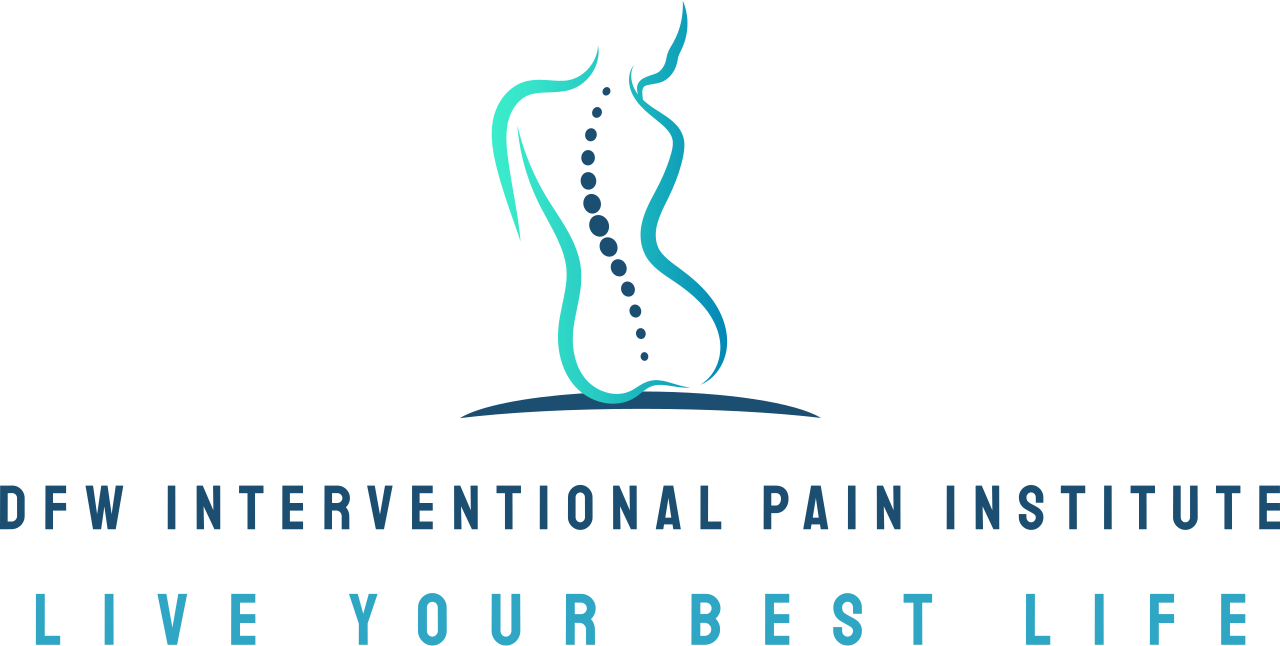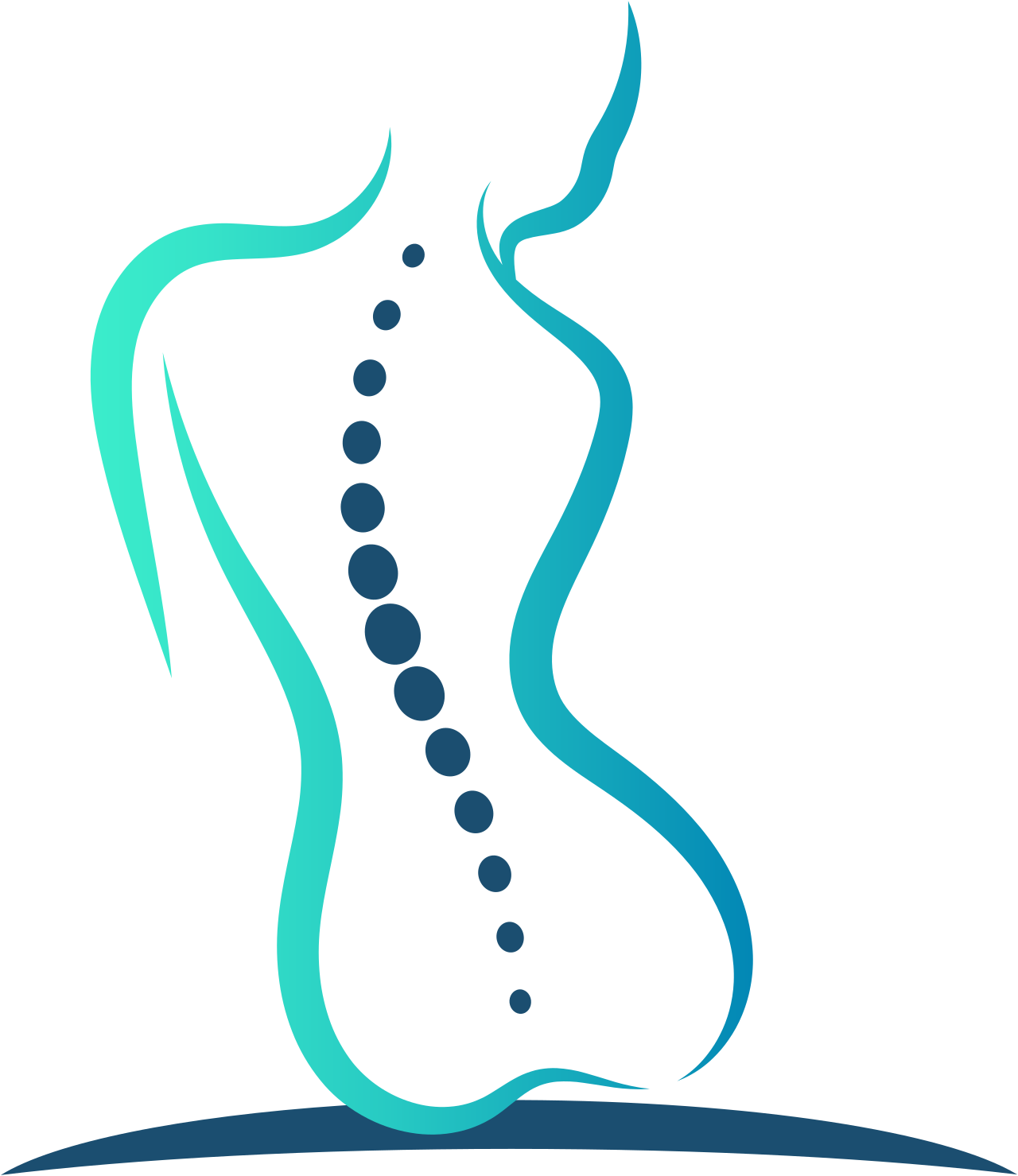Understanding what causes foot pain
Foot pain is an ailment felt by many no matter what activities they're engaging in. From athletes pushing their limits to office workers on their feet all day, the discomfort of aching feet can be a universal experience. Understanding the root causes of this pervasive issue is the first step toward alleviating it and taking steps to maintain healthy feet. In this comprehensive guide, we'll dissect the complexities of foot pain and explore the various factors contributing to its onset, the possible lifestyle adjustments for prevention and the diverse range of treatment options available. Whether you're suffering from plantar fasciitis, bunions, or tendonitis, the path to relief begins with a deeper understanding of what causes foot pain.
The foot anatomy and its common pain points
The foot is an intricately designed structure consisting of 26 bones, 33 joints and more than 100 tendons, muscles and ligaments. This remarkable body part is capable of supporting the entire body's weight, absorbing tremendous amounts of impact during activities such as running, and maintaining balance and alignment. However, the complexity and pressure put on the foot (no pun intended) means there can be a variety of reasons why you might be experiencing foot pain. Understanding the anatomy is crucial in identifying sources of discomfort, which can range from the heel and/or arch to the ball of the foot and toes.
The heel
Heel pain is a significant complaint, with conditions like plantar fasciitis, Achilles tendinitis and heel spurs often being the culprits. The plantar fascia, a crucial ligament offering arch support, can develop microscopic tears from overuse, leading to inflammation and sharp pain in the bottom of the foot near the heel. Meanwhile, the Achilles tendon, which connects the calf muscles to the heel bone, can become inflamed and painful, often due to excessive stress or overuse.
The arch
The arch of the foot is maintained by the plantar fascia and is key to the foot’s shock absorption. Arch pain, often characterized by a burning sensation, can be indicative of plantar fasciitis or flat feet (pes planus), a structural issue where the entire sole of the foot comes into complete or near-complete contact with the ground.
The ball of the foot
Pain in the ball of the foot can be attributed to a variety of conditions. Metatarsalgia, for example, is typified by a sharp or aching pain in the ball of the foot, often worsened with weight-bearing activities. Morton's neuroma causes a sharp, burning pain in the ball of the foot and the toes, usually due to the thickening of the tissue around the nerves in that area, resulting in compression and irritation of the nerve.
The toes
Toe pain is another common complaint that can stem from a variety of conditions. Bunions, a bony bump that forms on the joint at the base of the big toe, cause pain and discomfort, especially when wearing tight-fitting shoes. Hammertoe, where the toe is bent at the middle joint, causing a hammer-like appearance, can lead to significant pain and imbalance, affecting the way you walk. Gout, a form of arthritis, can also target the toes, particularly the big toe, leading to severe pain, redness and swelling due to the accumulation of urate crystals. Understanding these conditions is crucial for seeking the right treatments and making lifestyle or footwear adjustments to alleviate toe pain.
What leads to foot pain?
Several factors can contribute to the development of foot pain. While some causes are avoidable with proper care, others are related to inevitable biological processes or hereditary conditions. Identifying the root cause of the pain is often the first step towards finding a solution. Below are a few areas that are worth considering to see if any of them are contributing to your foot pain.
Lifestyle choices and occupational factors
The amount of time one spends on their feet, their activity levels, and the nature of their physical activities play a considerable role in foot health. Sedentary individuals can develop issues related to lack of exercise, while those who overexert themselves may bring on pain through strain or injury. Additionally, workplace conditions, such as standing on hard surfaces for prolonged periods or wearing unsupportive footwear, can also contribute to the problem.
Footwear and fashion
Footwear is one of the most influential external factors contributing to foot health. High heels can put excessive pressure on the metatarsals and cause the feet to slide forward, increasing compression on the front of the foot. Conversely, flat shoes with inadequate arch support can also lead to biomechanical stress, potentially causing issues like plantar fasciitis.
Medical conditions and structure
Some individuals are prone to foot pain due to their anatomy or diagnosed medical conditions. Conditions such as arthritis, diabetes and podiatric diseases can all lead to discomfort in the feet. Similarly, having an unequal leg length or a prior history of foot injuries can also play a significant role in ongoing foot pain.
Understanding the impact of foot pain
Beyond the immediate physical discomfort, foot pain can have far-reaching implications on one’s quality of life, emotional well-being, and daily activity levels. Dr. Edrick Lopez uses the impact of the pain in these areas to help figure out a treatment path going forward that works with your lifestyle.
Hindered mobility and physical activity
Untreated or chronic foot pain can significantly limit one's mobility, making it difficult to walk, run, or engage in regular exercise. This sedentary shift can lead to a decline in overall physical health and an increased likelihood of developing secondary conditions.
Work and productivity
Foot pain can make simple and necessary actions like standing, walking, or climbing stairs excruciating. This can lead to a decrease in work performance, a spike in fatigue, and an overall decline in workplace wellbeing. Addressing foot pain not only alleviates discomfort but can also enhance one’s productivity and job satisfaction.
Emotional well-being
Living with chronic pain can take a toll on one’s mental and emotional state. Anxiety, depression, and a diminished quality of life can all stem from dealing with persistent foot pain. In turn, this can create a vicious cycle, with emotional distress exacerbating physical pain and vice versa.
Proactive prevention strategies
Preventing foot pain is infinitely preferable to managing it, and there are several strategies individuals can employ to minimize their risk.
Choose the right footwear
Opting for shoes that fit properly and provide appropriate support for your arch type and daily activities can make a substantial difference. Restrict the use of high heels or shoes with minimal support to special occasions and seek out well-cushioned, comfortable footwear for everyday use.
Exercise and activity modification
Engaging in regular foot and ankle exercises can strengthen the muscles and improve flexibility, which can help reduce the likelihood of injury and pain. This includes stretching the plantar fascia, calf muscles, and Achilles tendon. Additionally, modifying high-impact activities or ensuring proper technique during exercise can protect the feet from damage.
Foot care and regular check-ins
Regularly inspecting the feet for any irregularities, such as bunions, corns, or calluses, can allow for early intervention before they develop into more significant sources of pain. Likewise, seeking the advice of a podiatrist can prove beneficial, particularly for those with preexisting conditions or concerns.
Treatments and management options
Should foot pain become a reality, there are various treatment options available to manage and alleviate discomfort. The key is identifying the correct approach for the specific type of foot pain.
Home remedies and self-care
Many instances of foot pain can be managed at home with rest, ice, compression, and elevation (RICE). Over-the-counter pain relievers, such as ibuprofen, can also help manage inflammation and discomfort. Additionally, splinting the foot while asleep may be beneficial for certain conditions, particularly those that involve the plantar fascia or tendons.
Professional interventions
When home remedies aren't sufficient, or in cases of severe pain, seeking professional help is the next step. We're not talking about the "intervention" we often see on TV, though; we're talking about taking the right steps to work with a medical professional (such as Dr. Lopez) to find out a solution that works for your lifestyle. Physical therapy, orthotics or shoe inserts, and in some cases, injection treatments can help address underlying issues and provide relief. For severe or persistent cases, surgical options may be considered to correct underlying structural problems.
Holistic and alternative therapies
Adopting a holistic approach, such as acupuncture or massage therapy, can provide relief while complementing traditional medical interventions. These alternative therapies can be particularly helpful for individuals looking to avoid or reduce their reliance on pain medication.
If you're experiencing foot pain, we can help at DFW Interventional Pain Institute
Healthy feet contribute to overall mobility, independence and well-being; they're literally the foundations of "living your best life." Understanding the widespread impact of foot pain and actively engaging in preventive measures can go a long way in ensuring a comfortable and active lifestyle. The path to managing foot pain is multifaceted, involving tailored strategies that address the underlying issue while taking into account each individual's unique circumstances and needs. Dr. Lopez and our staff at DFW Interventional Pain Institute would love the opportunity work with you to help facilitate
It is vital to prioritize foot health as a component of your overall wellness. Whether you're an athlete pushing your limits, an office worker maneuvering through the daily grind, or an elderly person seeking to maintain an active life, recognizing and addressing foot pain is crucial. If you need medical assistance for a foot-related issue, don't hesitate to make an appointment with us at DFW Interventional Pain Institute as soon as possible.

